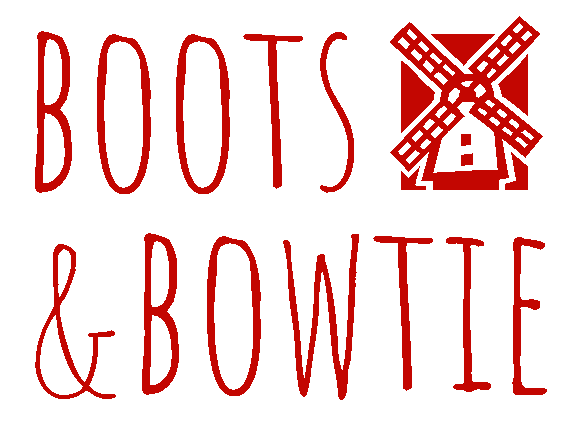Luxembourg
You never meet anyone who emigrated from Luxembourg. This could be because its population is so small (just over half a million) so the odds of meeting one of them outside the country are simply very slim. On the other hand, perhaps they know something we don’t, and so they never leave.
It has been a bad year for walking. Mrs Boots and Mr Bowtie are busy paying the bills and have not gotten out a lot. But the days are getting longer and we realize you may be waiting for advice as you plan your spring and summer trips.
Our minds have been on Luxembourg. So near and yet so far, we keep sighing. Only about four hours from our home in Utrecht, it has shaded canyons, cozy hotels, spelt gardens, castle ruins perched on cliffs in hairpin loops of a river, amazing public transit, good wines and everyone there speaks five languages. It’s like a fairy tale that discreetly complies with all European Union directives. Since Boots and Bowtie’s focus is, after all, the Benelux region (a rather bureaucratic appellation combining Belgium/the Netherlands/Luxembourg), it’s high time we did something about the ‘Lux’ part and discussed this dreamy little grand duchy.
The capital city is also called Luxembourg. Many who have visited Luxembourg City may not realize that there’s actually a proper country surrounding it (albeit one with an area smaller than the state of Rhode Island). We confess we don’t know the city well, but the countryside is lovely, easy to get around, and it has plenty of good walking – and eating: it has the most Michelin-starred restaurants per capita of all European countries. Not that you need to go to one, but it’s raised the bar, so to speak. It’s perhaps the one thing in life you can thank the banking industry for. There is a lot of private banking in the city, and we’re guessing people need to eat after meeting their bankers, whether for consolation or celebration.
The country has its own language, Luxembourgeois, although official documents and signage are in French. Every person we’ve talked to who lives there speaks at least Luxembourgeois, French, German and Dutch, which makes sense as France, Germany and Belgium are Luxembourg’s neighbours. People having anything to do with tourists usually speak English as well, and hats off to them. Many restaurant menus may look daunting as they’re a couple of inches thick, but in fact it’s usually the same things in four or five different languages.
The southeast borders on the Moselle River. This area produces some wonderful white wines. Luxembourg’s lower sales tax on alcohol (presumably granted to compensate for the hardships of private banking) makes them extra good value.
It would be irresponsible and not up to our standards to construct a Boots and Bowtie walk based on our limited experiences of this enchanting little country. But we can recommend two places to start:
1. Esch-sur-Sûre. There are several towns in Luxembourg whose names start with “Esch”, but this one is on the river Sûre. Like La Roche-en-Ardenne, Esch’s principal feature is the castle ruin on a bend in the river. There are lots of walking routes going through this picturesque village, which is served (though not frequently) by Luxembourg’s exemplary bus system. There are several hotels. The restaurant in the hotel at the top, Comte Godefroy, is an eclectic mix of typical Luxembourg Frenchish-Germanic cuisine bourgeoise and local products from the nearby Öwersauer nature park, such as some heritage potato varieties and spelt. They’re mad about spelt, a grain which is a godsend if you are allergic to wheat, and the menu includes some unconventional (and vegetarian!) options like spelt lasagne and spelt soup. If this sounds a little stodgy, be assured it’s a huge menu. The people are nice and the wine list is long. It’s not necessarily cheap but it’s great value. And wherever you’re sleeping is downhill!
2. Echternach. This medieval town, also on the Sûre, boasts a beautiful canyon, yes a canyon, just outside its centre. It also has culture, with museums and a music festival in May. It’s easy to get to by bus from anywhere in the country. This area is known as Little Switzerland, and for reasons having nothing to do with banking. It’s very steep, verging on mountainous (or have we lived in Holland too long?) and walking is a popular activity; lots of signage and well-marked paths make it a joy, and refreshments are never too far away. We suggest you walk west from town and up towards Berdorf. On the hottest day this place will be cool and refreshing. Not only are you surrounded by rock formations (some of them fascinating to look at and colorfully named) but the soil chemistry is conducive to shade trees like the beech and so there’s very little sun even at high noon. When you get back to town you’ll have a wealth of choices for eating, drinking and lodging on the Place du Marché and in the car-free Rue de la Gare.
We intend to come back and research more intensively! Stay tuned!
